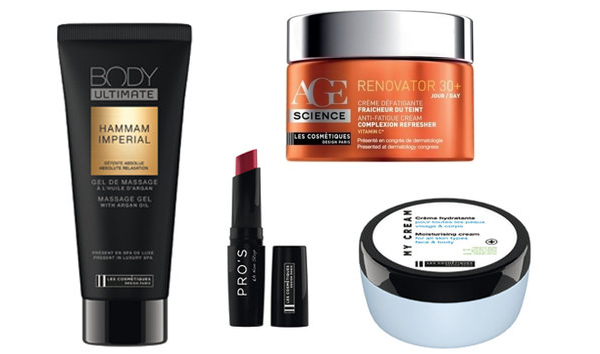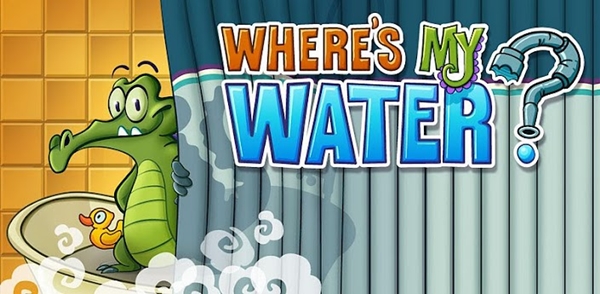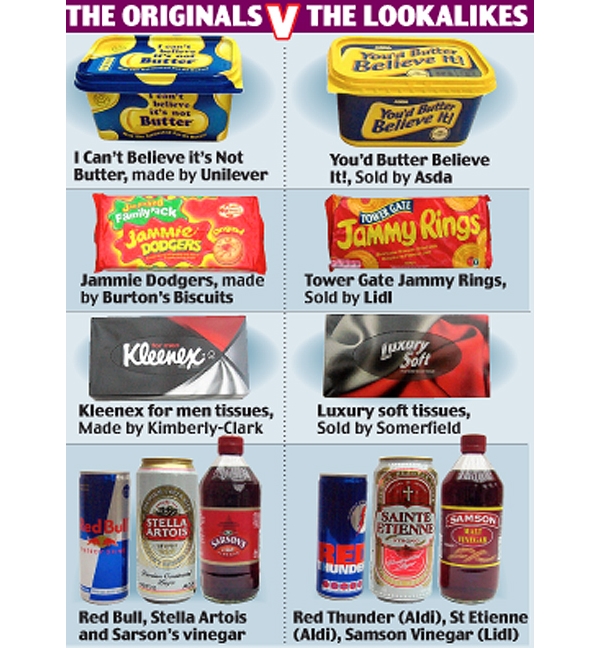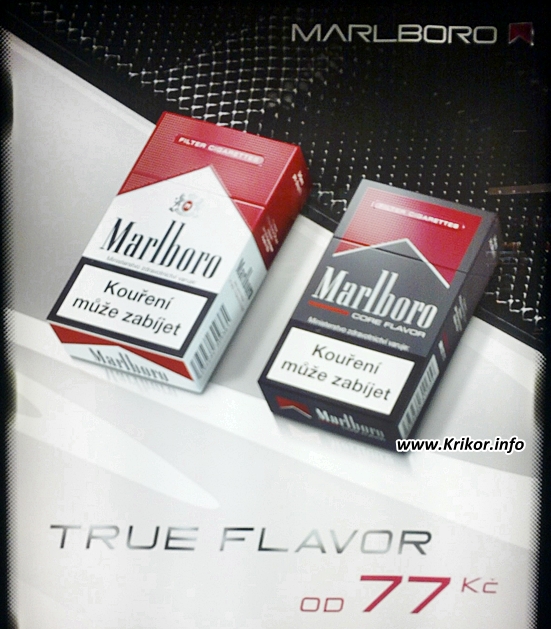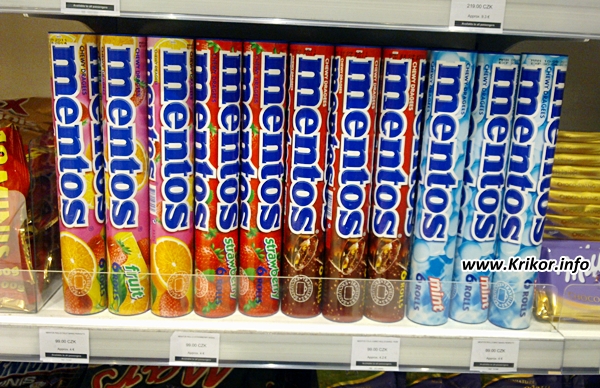Books I Read in February 2012
 Inside Apple: How America’s Most Admired–and Secretive–Company Really Works
Inside Apple: How America’s Most Admired–and Secretive–Company Really Works
INSIDE APPLE reveals the secret systems, tactics and leadership strategies that allowed Steve Jobs and his company to churn out hit after hit and inspire a cult-like following for its products.
If Apple is Silicon Valley’s answer to Willy Wonka’s Chocolate Factory, then author Adam Lashinsky provides readers with a golden ticket to step inside. In this primer on leadership and innovation, the author will introduce readers to concepts like the “DRI” (Apple’s practice of assigning a Directly Responsible Individual to every task) and the Top 100 (an annual ritual in which 100 up-and-coming executives are tapped a la Skull & Bones for a secret retreat with company founder Steve Jobs).
Amazon.com Link
 Google+ for Business: How Google’s Social Network Changes Everything
Google+ for Business: How Google’s Social Network Changes Everything
Every week, millions more people sign up for Google+: Suddenly, it’s today’s hottest new social network. Google+ for Business reveals why Google+ offers business opportunities available nowhere else–and helps you grab those opportunities now, before your competitors do. Top social media professional speaker and business advisor Chris Brogan shows how to get great results fast, without wasting time–and without wasting a dime. Brogan guides you through using Google+ for promotion, customer service, community building, referrals, collaboration, and a whole lot more. You won’t just master innovative new tools like Circles and Hangouts: You’ll use them to generate more customers and more cash!
Amazon.com Link
 Imagine: How Creativity Works
Imagine: How Creativity Works
Did you know that the most creative companies have centralized bathrooms? That brainstorming meetings are a terrible idea? That the color blue can help you double your creative output?
From the best-selling author of How We Decide comes a sparkling and revelatory look at the new science of creativity. Shattering the myth of muses, higher powers, even creative “types,” Jonah Lehrer demonstrates that creativity is not a single gift possessed by the lucky few. It’s a variety of distinct thought processes that we can all learn to use more effectively.
Amazon.com Link
 Uncertainty: Turning Fear and Doubt into Fuel for Brilliance
Uncertainty: Turning Fear and Doubt into Fuel for Brilliance
Jonathan Fields knows the risks-and potential power-of uncertainty. He gave up a six-figure income as a lawyer to make $12 an hour as a personal trainer. Then, married with a 3-month old baby, he signed a lease to launch a yoga center in the heart of New York City. . . the day before 9/11. But he survived, and along the way he developed a fresh approach to transforming uncertainty, risk of loss, and exposure to judgment into catalysts for innovation, creation, and achievement.
Properly understood and harnessed, fear and uncertainty can become fuel for creative genius rather than sources of pain, anxiety, and suffering. In business, art, and life, creating on a world-class level demands bold action and leaps of faith in the face of great uncertainty. But that uncertainty can lead to fear, anxiety, paralysis, and destruction. It can gut creativity and stifle innovation. It can keep you from taking the risks necessary to do great work and craft a deeply-rewarding life. And it can bring companies that rely on innovation grinding to a halt.
Amazon.com Link


 But when you plan to own and run a business based on a dream of yours that needs to be funded, that is something quite more complicated than designing a logo from the comfort of your lazy boy. Consider the anxiety of pitching VCs, the hours you will spend writing and picking the right words for your presentation, the endless questions you will be asked about your idea and always wonder why these strangers should trust you and pour a million bucks into your bank account.
But when you plan to own and run a business based on a dream of yours that needs to be funded, that is something quite more complicated than designing a logo from the comfort of your lazy boy. Consider the anxiety of pitching VCs, the hours you will spend writing and picking the right words for your presentation, the endless questions you will be asked about your idea and always wonder why these strangers should trust you and pour a million bucks into your bank account. 